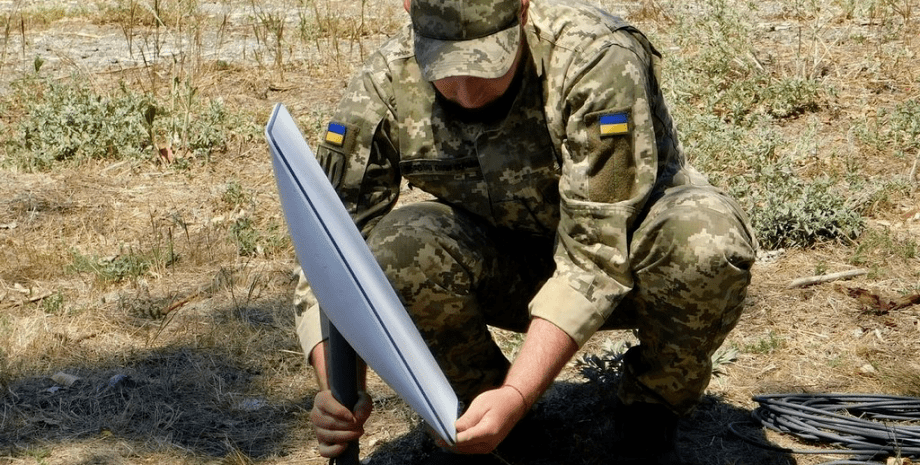
However, such a noise explains to us about the real influence of digital technologies on the current conflict. Focus translated Stephen Feldstein's article on the influence of the Internet on wars. Today, during the war, there were three significant digital trends in Ukraine. First, technological innovations have helped Ukraine offset the ordinary military advantage of Russia, especially at the expense of more active participation of ordinary citizens.
Secondly, since these citizens have become a unique way to participate in hostilities through digital technologies, the borders between civilian and military entities were blurred. Unfortunately, international humanitarian law does not have time, which is concerned about the application of rules and customs of war in digital conflict. Third, the conflict has brought a huge amount of data potentially useful for bringing military criminals to justice.
However, the spread of open source investigations also creates the risks of analytical bias and procedural discrepancies. Governments and civilians who care about compliance with the laws of war should pay attention to these new problems. Digital technologies have become a central element of hostilities.
The sooner new political and legal principles are formulated, the more effective international institutions will be able to protect the civilian population and persecute violators in future conflicts. Ukraine uses new technologies to break the situation against Russia. As one of the first conflicts in which both sides of fighting have advanced technological infrastructure, this war has become a laboratory for new technological concepts.
Today, a large amount of materials is devoted to the impact of new weapons such as Turkish drone Bayraktar TB2, or new communication equipment like satellite Internet terminals Starlink Space X. But while Bayraktar is destroy The course of the war is no less strong, though less obvious. It is important that Starlink's devices are a different purpose. By providing reliable access to the Internet, they allowed Ukrainian citizens to take an active part in the reflection of Russian troops.
So they brought fighting outside the traditional military and state structures. The key innovation was the deployment of Ukraine by Ukraine, which enables individuals to provide important information about the movement and assets of the Russian military. At the beginning of 2020, even before the war, Ukraine launched an Action Act to facilitate licenses, pay for parking penalties and provide opportunities to report on the roads on the roads.
After the invasion, the government of Ukraine re -profiled the supplement to serve as "the eyes and ears of" the Ukrainian army. Citizens can send photographs and videos about the Russian military, indicating geolocation. Citizens can also use "action" to provide advice on "suspicious" people who can be collaborators, occupiers or saboteurs.
As she said in an interview with the author of Gulsan Mammediyev, an employee of the Ministry of Digital Transformation of Ukraine, the application allows Ukrainians to report "tanks, military forces and everything that resembles Russian troops. We really urge citizens to do it. " These data are then aggregated on the map and are used by intelligence staff working on defense and counterattack.
It is doubtful that the Government of Ukraine would be able to use these tools without having the necessary technological potential and a competent digital attitude of the population capable of providing important information through smartphones. It is difficult to evaluate the aggregate impact of crowds of war on the course of war, there are many separate stories that show how they contributed to the achievements on the battlefield.
For example, in March 2022 in the battles for Voznesensk, the Southern City with a population of 35,000 people, Ukrainian volunteers used a Viber exchange program to send Russian tanks and to conduct artillery fire. As one of the volunteers said, "Everyone helped. Everyone was shared with information. " The result was catastrophic for the Russian army.
Russian soldiers, leaving nearly 30 of 43 pieces of equipment, including tanks, armored personnel carriers, missile installations and trucks, as well as a broken Mi-24 helicopter, which led to one of the first defeat of the Moscow troops. The role of digital technologies in the war in Ukraine is not limited to drones and crawing applications. Information operations are the most important basis for both Ukraine and Russia to attract international support.
Information online operations are, of course, not new. Many experts call the conflict between Israel and Gas 2012 the first "Twitter" war in the world, and the Islamic State and other terrorist groups used social networks for propaganda, mobilization of supporters and influence on the world public. and Ukraine priority to the global information war, became exceptional. In the first days of invasion, Ukrainians demonstrated their disobedience with memes, videos and photos.
Drawing attention to the event to Ukraine's resistance played a crucial role in maintaining a weapon and other forms of support. Digital technologies helped Ukrainian citizens To participate in hostilities, however, the boundaries between civilian and military entities are also blurred. Action Action is just one of many examples of how Ukrainians use digital technologies to protect their homeland.
The Ministry of Defense of Ukraine is closely cooperating with "Ukrainian IT- army "consisting of over 400,000 international Don and Ukrainian volunteer hackers who attack Russian infrastructure and websites. The army was created by Mikhail Fedorov, Minister of Digital Transformation of Ukraine, who posted a tweet with reference to the recently created Telegram group, which calls for volunteers to "use any type of cyberattack and [DDOS-attack] on Russian resources.
" His initial message listed 31 Russian Bank, commercial institutions and government sites for attacks. There are many other examples of how civilians provide their knowledge and experience to maintain hostilities. For example, about a thousand civilian drone operators contribute to the defense of Ukraine, watching Russian facilities from the air and transmitting important information to the Ukrainian military units for the task of artillery strikes.
This erosion raises complex issues of civilian protection within the framework of international humanitarian law. The main legal concept is the principle of differences: the parties to the conflict should make a difference between civilians and military combatants and direct their operations against military purposes.
But whether the rules should change when civilians provide direct support to one of the parties who are fighting - for example, they transmit records from drones watching Russian tanks, Ukrainian artillery units, which then strike accurately? In international humanitarian law, it is well known that civilians use protection against direct attack, "if they do not participate directly in hostilities during that time.
" However, the interpretation of what is meant by "direct participation in hostilities" is ambiguous. In 2009, the International Committee of the Red Cross published an interpretation manual to define that it qualifies as a direct involvement of civilian population in hostilities.
Although this instruction is not considered established by law, it has considerable weight and establishes three aggregate criteria for determining participation in hostilities: as for the threshold of harm, critics claim that the Red Cross leadership determines "harm" too limited, except for civilians to "support military operations or the potential of one of the parties.
" Therefore, civilians who produce homemade explosive devices do not fall into the category of "harm" of direct participation in hostilities. Only persons who put them in the ground or directly facilitate their installation will correspond to the threshold of losses. Similarly, critics accuse leadership of excessive restriction of causality. The management establishes the rule of "one causal step", arguing that there can be no more than one step between the person and the harm caused.
Therefore, the creation or maintenance of one of the parties to harm the enemy is not qualified. Supply and services are also not considered to be fuel, finance or electricity - the side of the conflict. The person who provided the intelligence data by the party who was subsequently attacked the target will be qualified as a direct participant in the fighting.
But if the intelligence provided was not used at once - if the mission planning group instead analyzed the information and subsequently handed it to the shock group for air plaque - it will exceed the requirement of one step and will not qualify as direct participation. As for the definition of the third element - the connection with the fighting party, the International Committee of the Red Cross recognizes that it is "significant practical difficulties.
" The connection is not based on the subjective intention or intention of the entity involved - "it does not depend on the way of opinion of each person involved. " Instead, it is manifested in the design of the act itself or operation based on objectively proven factors.
However, experts say that the requirement that the action is made to support one side, not just to the detriment of the other - that is, a person must belong to an organized armed group that is a party to the conflict - leads to contradictions.
How to be in situations where an armed group is involved in operations against one of the parties without being clearly related to the opponent of this side? In the current conflict, while some citizens are actively involved in the Ukrainian government or military forces, others operate more spontaneous or work with guerrilla groups that do not have a formal affiliation with the Ukrainian military.
Will their actions still be directly involved in hostilities in terms of international humanitarian law? Comparison of these elements, especially in the light of new technologies, reveals many contradictions. It is possible that civilians involved in the Ukrainian IT Army and take direct actions to fail the Russian infrastructure will be qualified as direct participants, which will deprive them of civil immunity.
But at the same time, it will be necessary to prove that the actions of the hacker have led to rather adverse military consequences, that hacking directly caused harm to no more than one causal step and that the action was aimed at causing damage to the opponent's party in the context of hostilities. Each aspect can be appealed. Other actions make even more uncertainty.
For example, how to treat civilians who periodically load into the "action" of records from surveillance cameras, which are subsequently used by Ukrainian troops to task rocket strikes? Generally speaking, if the transmitted intelligence is tactical and transmitted by the Air Force, which attacks, it is likely to be considered direct participation in hostilities.
But if the intelligence collected is not tactical or even if the activity seems military by nature but is not directly related to the harm, such as the purchase, production or maintenance of weapons or other equipment outside specific military operations - then these actions will not correspond to The threshold of "direct involvement in hostilities".
The uncertainty that arises in connection with the new digital dimension of conflict leads to increased risk to the civilian population and emphasizes the importance of ensuring greater clarity on the rules governing war. The invasion of Ukraine has led to the emergence of many digital data that can be used for judicial prosecution for war crimes. Activists and ordinary citizens store photographs and video records on smartphones.
Civil investigators are searching on the Internet to identify criminals and confirm the facts of cruelty. People publish messages in digital applications and social networks to increase human rights abuses and draw attention to flashy incidents. The first results are encouraging. According to reports, Ukrainian prosecutors are investigating more than 21 thousand probable military crimes. On May 23, 2022, the panel of judges issued a sentence to the first Russian soldier for war crimes.
However, the widespread use of open sources investigations and the accumulation of digital forensic evidence is not devoid of danger. By publishing these data, news sources do not always compare the risk to individual observers with the desire to achieve responsibility. The report published by Stanley Center in 2021 was devoted to the risks of concomitant damage related to open sources journalism.
One of the reporters spoke about the article he wrote on the basis of a video of a missile strike in the Middle East: "We wanted to include a video in our report. But on the basis of video, it would be easy to find out in which building, apartment or window our interlocutor stood while shooting. This could lead to a person's arrest or causing harm to family. In this case we did not publish a video along with our report.
" Just as data from open sources can provide vital information, they can contribute to committing crimes and other actions against civilians. For example, at the beginning of the war in Ukraine, Google decided to disable the tracking tracking feature on Google Maps.
Although the inclusion of a traffic scheme could be a useful source of information for Ukrainians who are escaped from hostilities and are looking for clear ways of departure, there were also fears that the opening of the traffic scheme could contribute to the targeting of the Russian military. Another problem is related to bias and "blind spots" in the investigation process.
Although digital information creates the visibility of objectivity, the collection of relevant data and their subsequent analysis is prone to errors in judgments, which can interfere with investigations using open sources. One of the problems is the bias of algorithms. When investigators use keyword searching for certain information, such as photos of predicted atrocities taken in a particular geographical area, social networks can distort the results.
Social networks use their own algorithms designed to promote certain persons, accounts or websites that are considered more priority based on their potential profitability. Therefore, "the algorithm of each platform can cause the relevant material to be lost.
" Another problematic area is the bias of automation- when the results obtained with automated tools, such as software, which sifts many video and photographic materials to identify potential coincidences, can be perceived as more accurately than human analysis. Some cognitive prejudices create problems. For example, loud acts such as murder and destruction of property are better documented from open sources than hidden violations such as torture or starvation.
This can lead to the unintentional priority of some judicial investigations over others on the basis of the sight of the crime, not his flashy cruelty. Confirmation bias can be problematic if the subsequent evidence is used to reinforce the initial hypothesis and force to ignore the opposite data. This risk is particularly high in open sources investigations, "when the volume of content that investigators have to be refractory to find the most significant evidence can be excessively large.
" Finally, maintaining evidence can create problems. Given the slow nature of international justice, prosecutors may not use the information collected for years. Investigators should develop opportunities for the proper preservation and storage of digital information, develop appropriate protocols and take into account appropriate safety procedures. Technological companies are also required to properly store information for further bringing to justice.
Але цей обов'язок може бути нівельований іншими пріоритетами, наприклад необхідністю видалення шкідливого контенту.
Федеріка Д'Алессандра та Кірсті Сазерленд описують, як у липні-вересні 2020 року YouTube видалив 7 872 684 відео за порушення правил спільноти, 93% із яких було видалено за допомогою автоматичної фільтрації.
Однак багато з цих відео могли містити інформацію, важливу для збору доказів і судового переслідування в майбутньому.
Чи видаляє YouTube ці відеозаписи назавжди або просто вилучає їх зі звернення? Яких протоколів дотримується YouTube? Політика платформ щодо цього непрозора, але на неї можна вплинути в майбутньому.
Вторгнення в Україну демонструє унікальний ефект нових технологій на полі бою та розширення ролі цивільних осіб, які використовують інформаційно-комунікаційні технології.
Як наслідок, воно порушує складні питання про межі міжнародного гуманітарного права та про небезпеки, пов'язані з надто сильною довірою до інформації з відкритих джерел для забезпечення правосуддя та притягнення до відповідальності без послідовних процедур.
Політики мають зробити більше для вирішення цих нових проблем.
Однією з відправних точок могли б стати зусилля щодо ретельного вивчення впливу цифрових технологій на право та війну і, зокрема, дослідження того, як поточний конфлікт змінює глобальні погляди на застосовність міжнародного гуманітарного права.
Демократичні держави також могли б надати глобальним технологічним компаніям формалізованіші вказівки щодо їхньої геополітичної відповідальності під час війни, тим самим висунувши чіткі очікування щодо їхньої поведінки.
Зрештою, міжнародні організації та демократичні держави-однодумці повинні спиратися на Протокол Берклі про цифрові розслідування з відкритими джерелами, щоб уроки, що були зроблені з війни в Україні, були враховані в подальших інструкціях і процесах міжнародного правосуддя.
Стівен Фелдстейн — старший науковий співробітник Програми з демократії, конфліктів і управління Фонду Карнегі за міжнародний мир. Із 2014 до 2017 року він обіймав посаду заступника помічника секретаря США з питань демократії, прав людини та трудових прав.
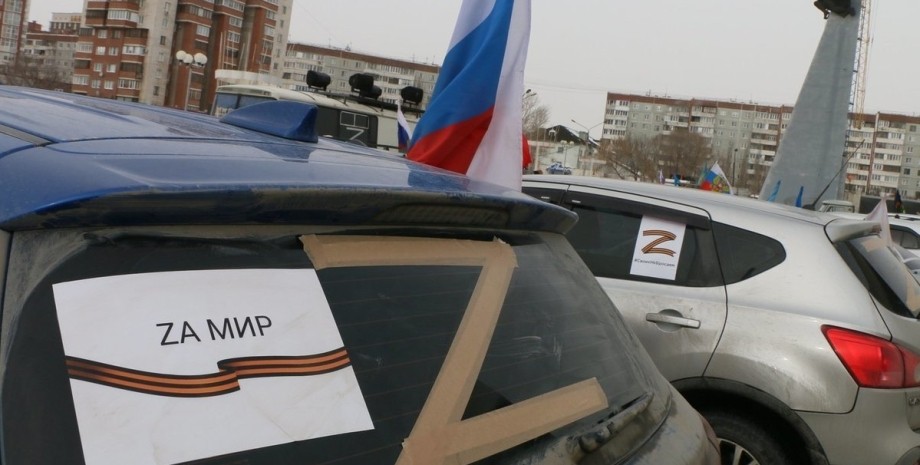

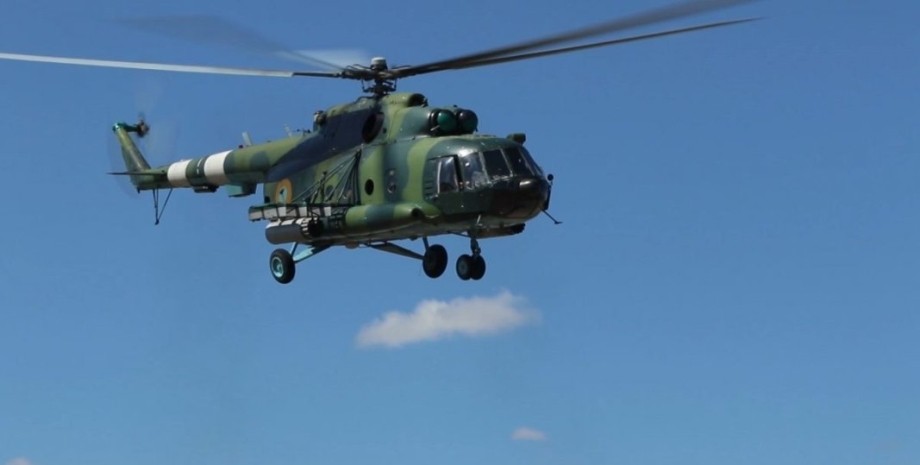


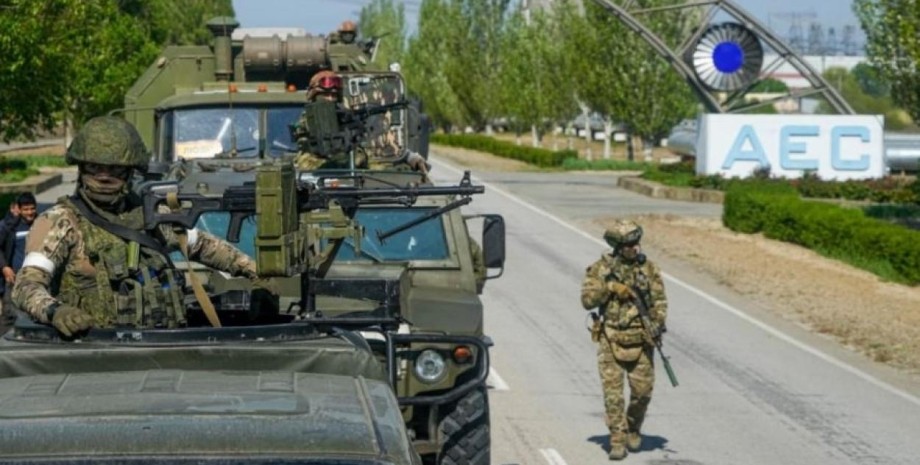

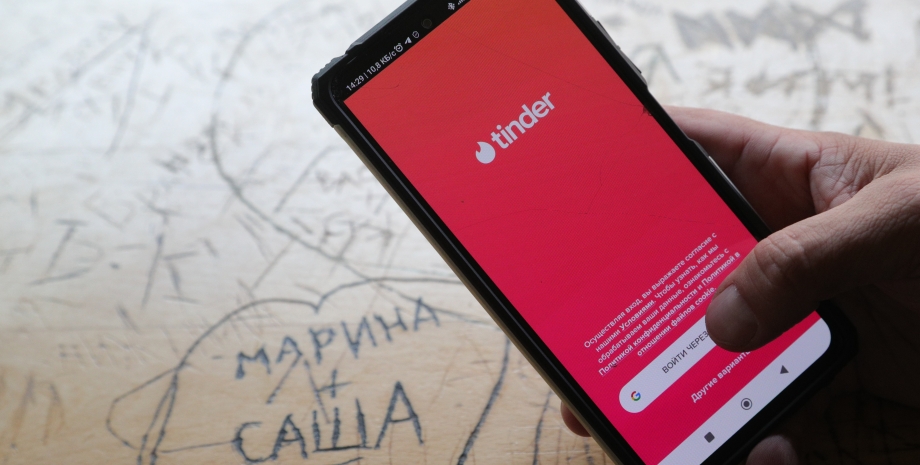
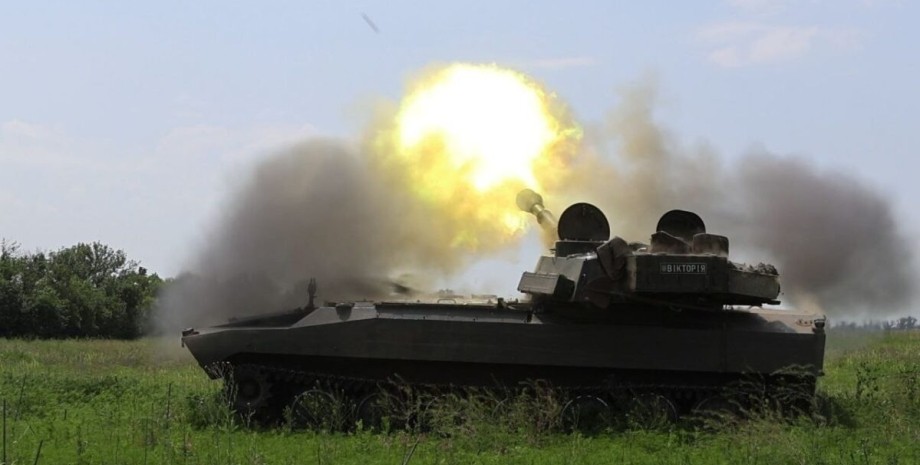











Všetky práva vyhradené IN-Ukraine.info - 2022